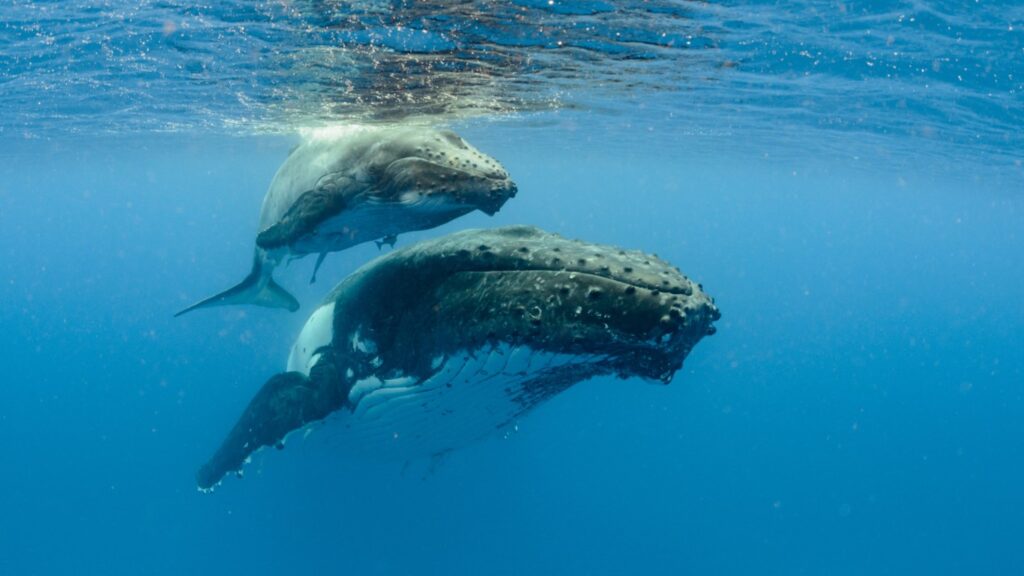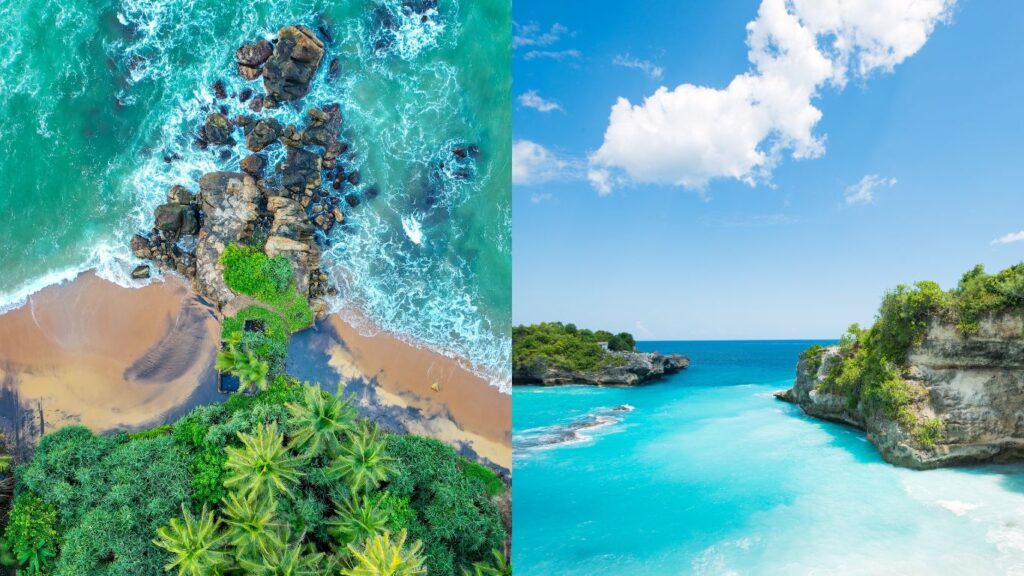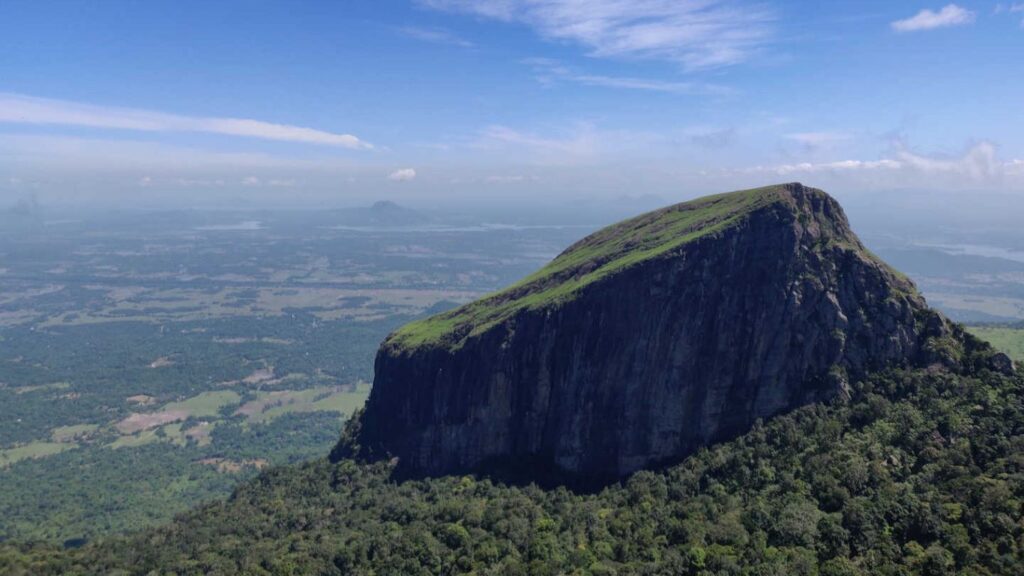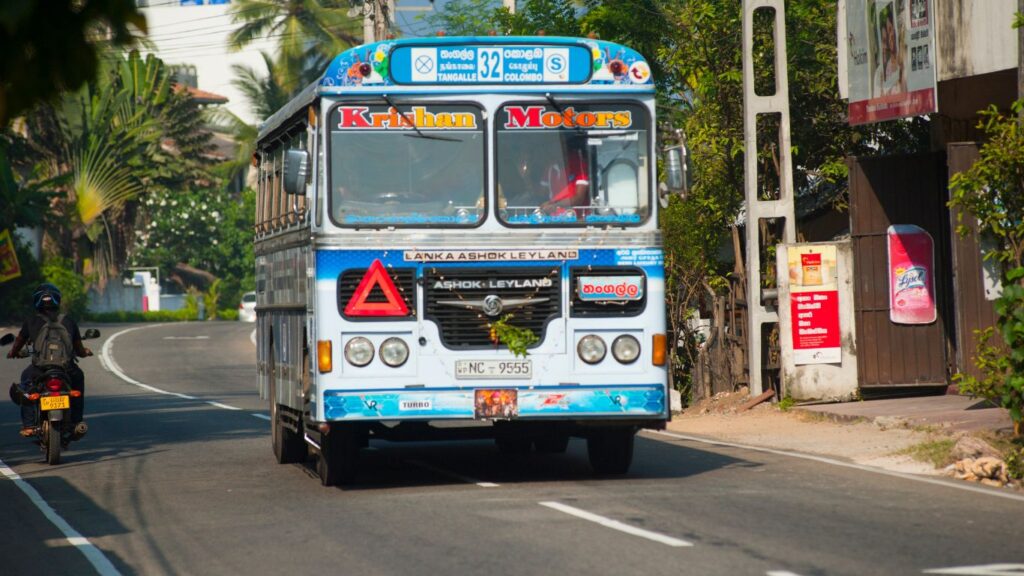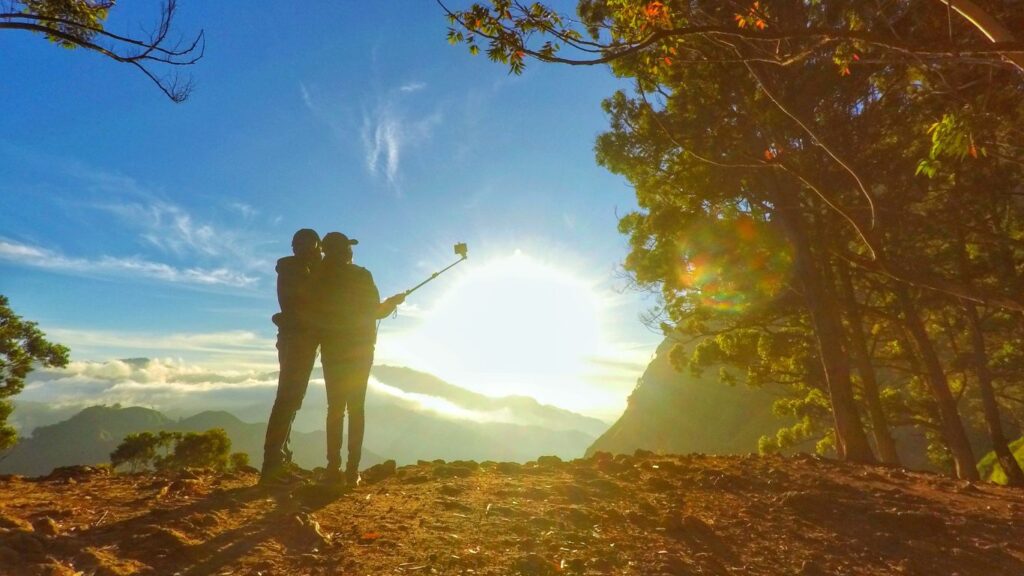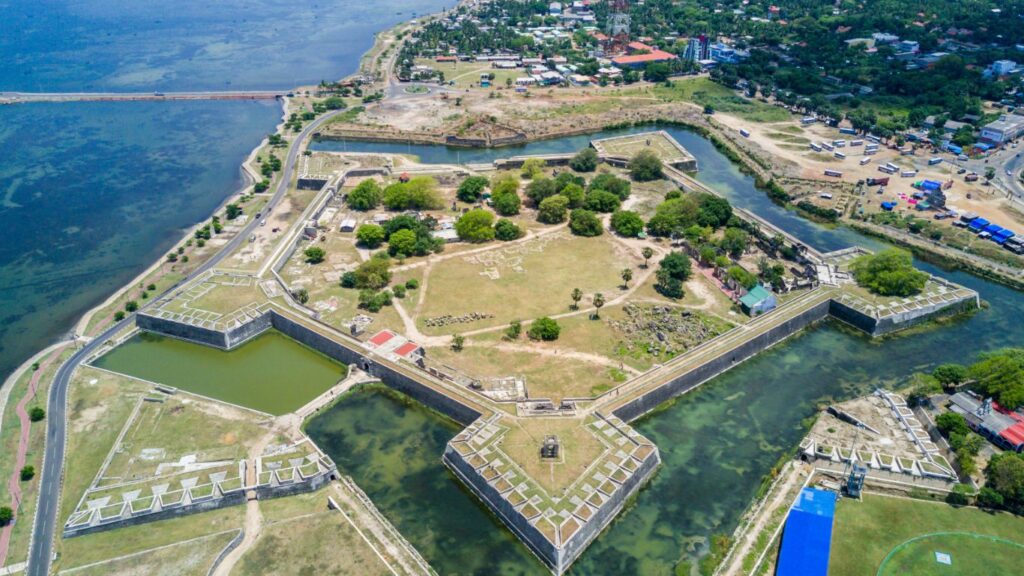Introduction
Whale-watching in Sri Lanka is one of the planet’s most awe-inspiring wildlife experiences. From blue whale sightings off the southern coast to chance encounters with dolphins in the northeast, the island offers memorable marine adventures. At BH Lanka Tours, we’re dedicated to ethical and responsible experiences that protect marine life and their ecosystems.
Found in nutrient-rich waters near Mirissa, Trincomalee, and Kalpitiya, Sri Lanka’s whales thrive—if approached with care. Our ultimate guide shows you how to enjoy these encounters responsibly, ensuring unforgettable memories—and long-term conservation.
Why Responsible Whale-Watching Matters
Responsible practices mean:
No disturbance to whales’ natural behaviour
Safety for passengers and marine mammals
Conservation, informed by data-sharing with research bodies like Oceanswell
BH Lanka Tours only collaborates with licensed operators who follow these strict ethical guidelines.
How to Choose an Ethical Whale-Watching Tour
Look for operators who:
Hold SLTDA or Navy whale-watching licenses
Follow international standards, such as WDC guidelines
Employ trained, marine-literate guides
Use low-impact vessels with speed limits and gradual approaches
Maintain safe distances: 100 m for whales, 50 m for dolphins
Limit boat traffic around sightings
Educate guests on conservation ethics
BH Lanka Tours selects only partners who adhere to these standards.dd
Best Whale-Watching Locations in Sri Lanka
1. Mirissa (South Coast)
Season: November–April (peak sighting Feb–Mar)
What You’ll See: Blue whales, sperm and Bryde’s whales, spinner and bottlenose dolphins
Why It’s Special: Nutrient-rich deep-sea trenches attract whales close to shore
2. Trincomalee (East Coast)
Season: May–October
Marine Life: Blue whales, sperm whales, dolphins.
Highlight: Less crowded tours and calmer seas.
3. Kalpitiya (Northwest)
Season: December–April
Wildlife: Dolphins and occasional sperm whales, melon-headed whales, pilot whales
Focus: Dolphin pods, eco-friendly small-boat excursions with local fishermen
Best Practices for Whale-Watching With Us
Before You Go
Book with BH Lanka Tours to ensure ethical operators and licensed guides.
Bring reef-safe sunscreen, a hat, and reusable water bottle to protect the ocean.
Take motion-sickness medication if you’re prone to seasickness.
During the Tour
Maintain respectful distance from whales and dolphins.
Engine off at least 100 m from whales, 50 m from dolphins
Avoid feeding, touching, or attempting to swim with them.
Stay quiet and minimize flash photography.
Follow crew instructions and enjoy the encounter responsibly.
After the Trip
Support marine conservation: donate, volunteer, or share responsibly.
Choose local souvenirs that don’t harm wildlife.
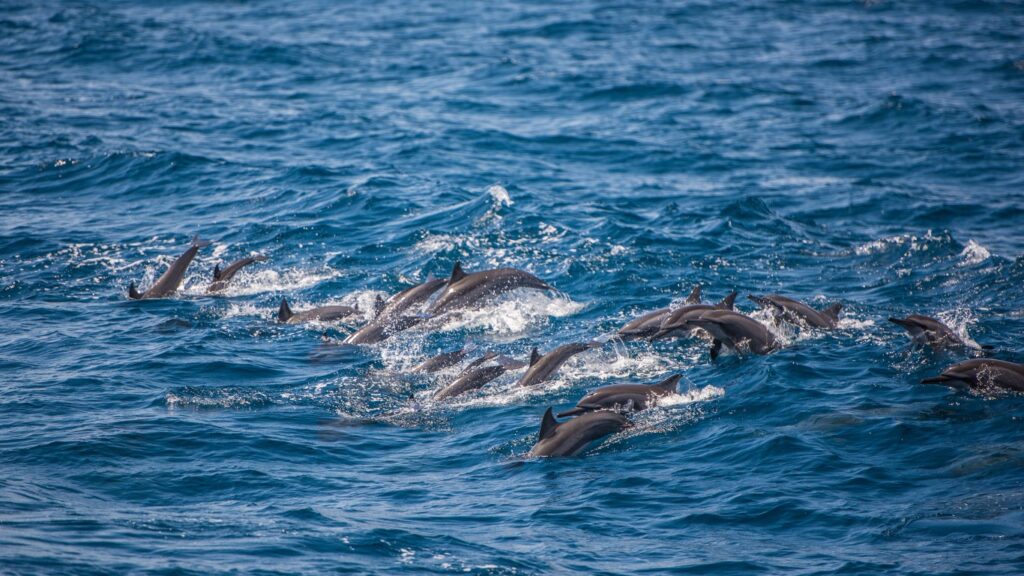
Conservation Efforts & How BH Lanka Helps
We partner with conservation groups like Oceanswell, founded by marine biologist Asha de Vos.
We also support:
Sri Lanka Marine Mammal Conservation
CRIOMM – Centre for Indian Ocean Marine Mammals
WDC – Whale & Dolphin Conservation Society
Guests can contribute by reporting sightings, donating, or booking eco-conscious tours.
Why Book Your Whale Experience with BH Lanka Tours?
We strictly adhere to national whale-watching regulations
Our tours feature expert naturalist guides and low-impact vessels
We operate year-round across Mirissa, Trincomalee, and Kalpitiya
We include on-board amenities and safety gear for your comfort
Join us for a marine spectacle that’s breathtaking and responsible—your trip will help protect these giants of the sea for future generations.
Conclusion
Whale-watching in Sri Lanka offers a magical glimpse into marine life like nowhere else. With BH Lanka Tours, you’re not just embarking on a tour—you’re contributing to the well-being of whales, dolphins, and their ocean habitat.
Let us guide you on a memorable yet ethical whale-watching journey. Respect the giants, preserve the seas—book your experience today.

